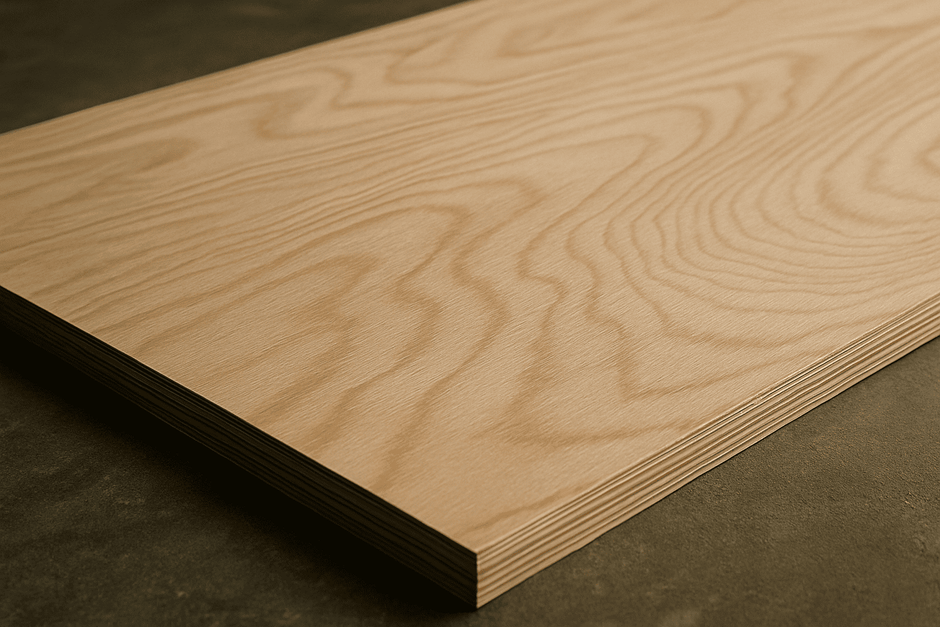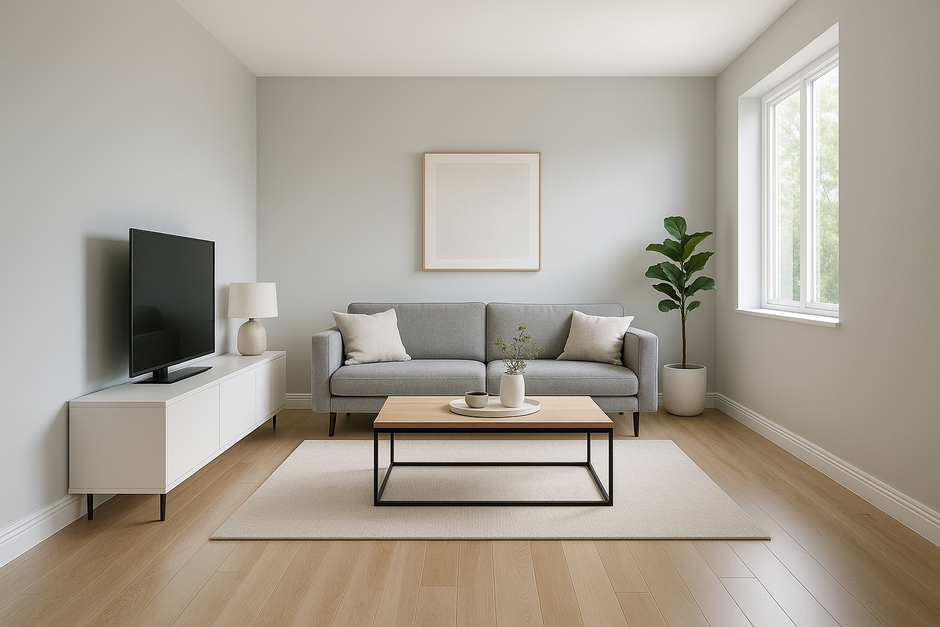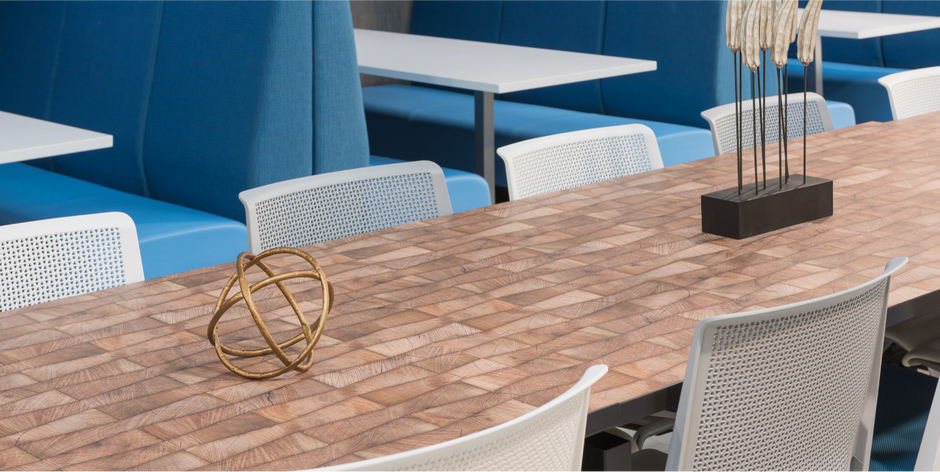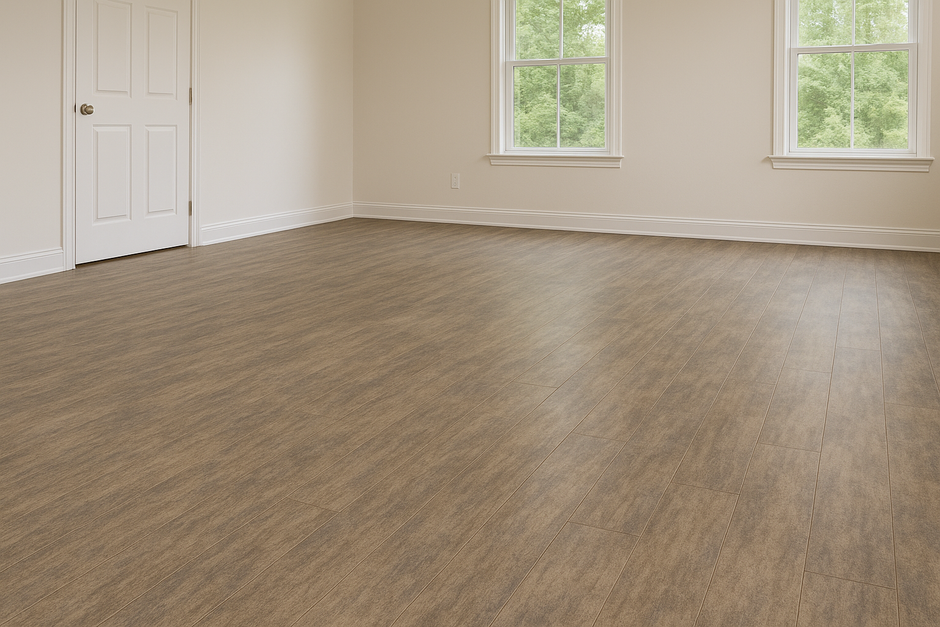A spotless floor not only enhances the beauty of your home or workspace but also reflects care and attention to detail. However, maintaining that pristine appearance can seem challenging. At Plaiwoo, we understand the importance of having surfaces that are not only aesthetically pleasing but also durable and easy to maintain. That's why we've compiled the best-kept secrets from experts to ensure your floors look like new for much longer. Get ready to discover how to achieve a spotless and durable floor!
The Foundation for a Durable Floor: Prevention and Good Habits
The durability of your floor begins long before the first stain. Implementing preventive habits is essential to minimize wear and extend the lifespan of your surfaces.
- Strategic Rugs and Doormats: Placing rugs at entrances and doormats in high-traffic areas can make a big difference. These act as a barrier, trapping dirt, dust, and moisture before they reach the main floor.
- Protect Your Furniture: Use felt or rubber pads under furniture legs. This will prevent scratches and marks when moving them, especially on wood or laminate floors.
- Immediate Attention to Spills: Don't allow liquids to dry on your floor. Wipe them up immediately with an absorbent cloth to prevent stains and potential damage, especially on carpets and porous floors.
- Avoid Wearing Outdoor Shoes Indoors: If possible, ask visitors to remove their shoes. Small stones and dirt stuck to soles can scratch and wear down the surface of your floors.
- Humidity Control: Excessive humidity can be harmful to many types of floors, especially wood and laminate. Ensure good ventilation and consider using dehumidifiers in areas prone to moisture.
Cleaning Secrets for Every Type of Floor
Each type of floor requires a specific cleaning approach to maintain its beauty and prevent damage. Here are some secrets for the most common floor types:
1. Natural Wood Floors

- Gentle Sweeping and Vacuuming: Use a soft-bristle broom or a vacuum cleaner with a hard floor attachment to remove dust and loose dirt daily or every other day.
- Careful Damp Mopping: For deeper cleaning, use a slightly damp mop with a cleaner specifically designed for wood. Make sure the mop is almost dry to prevent water from seeping between the boards.
- Avoid Excess Water: Water is the enemy of wood. Never pour water directly onto the floor and avoid very wet mops.
- Specific Products: Use cleaners designed specifically for wood floors. Generic products may contain chemicals that damage the finish.
- Occasional Polishing: Depending on the finish, you can polish the floor occasionally to restore its shine.
2. Laminate and Vinyl Floors

- Regular Sweeping or Vacuuming: Just like with wood, sweep or vacuum regularly to remove dirt.
- Light Damp Mopping: Laminate and vinyl are more water-resistant than wood, but it's still best to use a slightly damp mop with a mild or specific cleaner for these materials.
- No Waxing: Laminate and vinyl floors do not need wax, and in fact, wax can leave a dull film.
- Attention to Seams: Pay special attention to the seams between planks or tiles, as dirt can accumulate there.
3. Ceramic and Porcelain Tile Floors

- Frequent Sweeping or Vacuuming: These floors are quite durable, but regular sweeping or vacuuming will prevent the buildup of abrasive dirt.
- Damp Mopping with Neutral Cleaner: You can use a damp mop with a neutral cleaner or a cleaner specifically for ceramic and porcelain.
- Grout Cleaning: Grout can accumulate dirt and mold. Use an old toothbrush or a grout brush with a specific grout cleaner to keep it clean and bright.
- White Vinegar: A mixture of warm water and white vinegar can be effective for cleaning and disinfecting ceramic and porcelain floors.
4. Carpets and Rugs

- Regular Deep Vacuuming: Vacuum your carpets and rugs at least once a week, and more frequently in high-traffic areas. Use a vacuum cleaner with good suction power and different attachments to reach all areas.
- Immediate Stain Cleaning: Act quickly on any spills. Use a clean cloth to absorb the liquid without rubbing. Then, apply a carpet-specific cleaner following the manufacturer's instructions.
- Periodic Professional Cleaning: Consider professional carpet cleaning once or twice a year to remove deep-seated dirt and allergens.
- Baking Soda: To refresh the carpet and eliminate odors, sprinkle baking soda, let it sit for 30 minutes, and then vacuum.
Essential Products and Tools for a Spotless Floor
Choosing the right products and tools can make the task of keeping your floors spotless much easier.
- Good Quality Vacuum Cleaner: Invest in a vacuum cleaner with good suction and different attachments for various floor types and corners.
- Suitable Mops: Have different types of mops on hand: a microfiber mop for general cleaning, a flat mop for hard floors, and perhaps a steam mop for deeper cleaning (if suitable for your floor type).
- Soft-Bristle Broom: Ideal for sweeping wood and laminate floors without scratching them.
- Microfiber Cloths: Excellent for cleaning and polishing different types of surfaces without leaving lint.
- Specific Cleaners: Use cleaners designed for the type of floor you have. Avoid generic products that may be too harsh.
- Grout Brush: Indispensable for keeping tile grout clean and bright.
- Furniture Pads: A small expense that can prevent significant damage to your floors.
Additional Expert Tips for Durability
Beyond cleaning, there are other factors that influence the durability of your floors:
- Control Sunlight: Prolonged exposure to direct sunlight can fade some types of floors, especially wood and carpets. Use curtains or blinds to protect your floors during peak sunlight hours.
- Rotate Rugs: If you have rugs, consider rotating them periodically to distribute wear more evenly.
- Avoid Dragging Heavy Objects: Always lift heavy objects instead of dragging them to prevent scratches and damage. If you need to move them, use special sliders.
- Periodic Professional Maintenance: For certain types of floors, such as wood, periodic professional maintenance (like refinishing) may be necessary to maintain their appearance and extend their lifespan.
Conclusion: A Spotless Floor is Possible
Keeping your floors spotless and ensuring their durability requires consistency and knowledge of the right techniques. By following these expert secrets and adapting the practices to the types of floors in your home or workspace, you can enjoy beautiful and durable surfaces for many years to come.



















